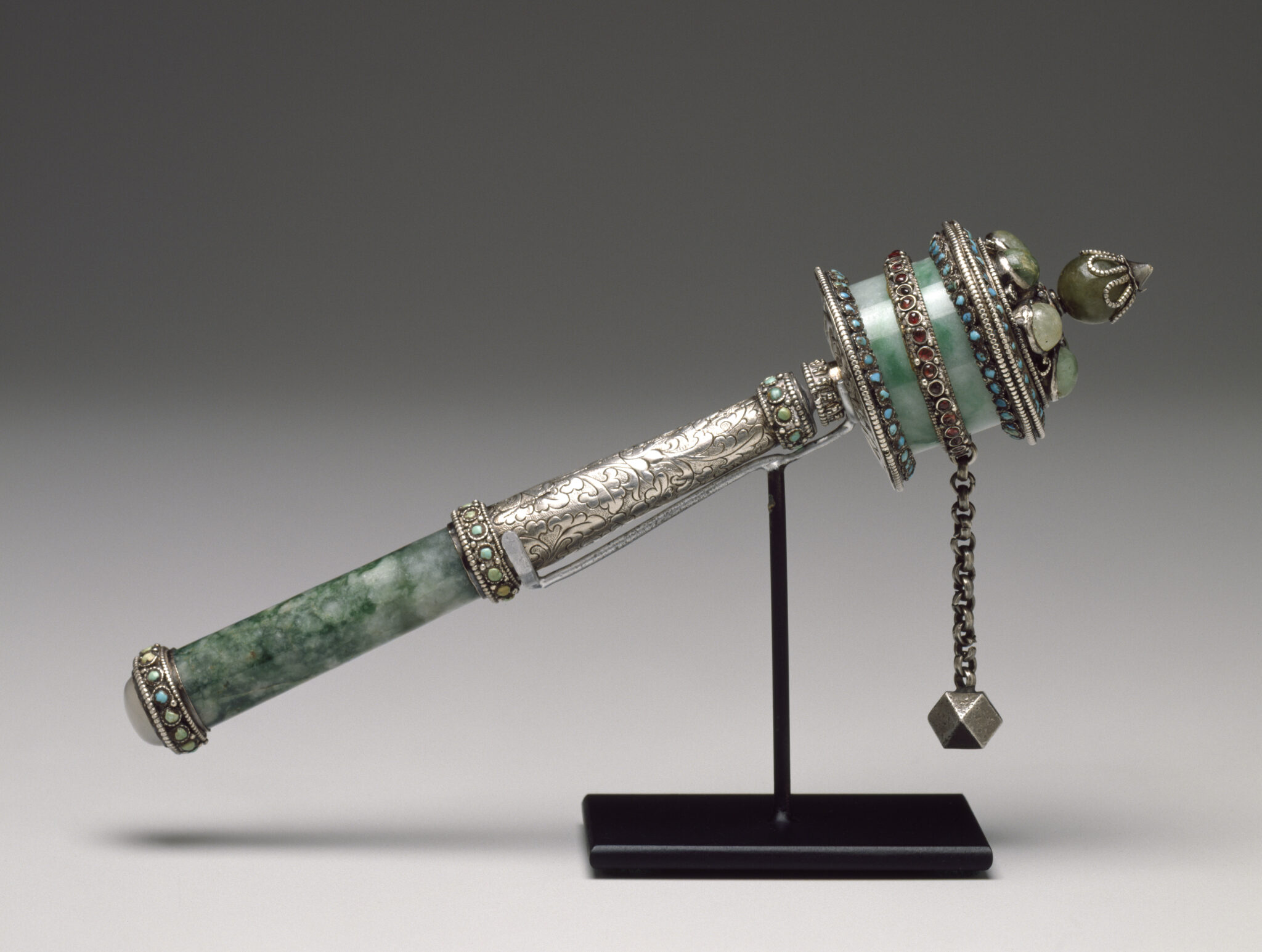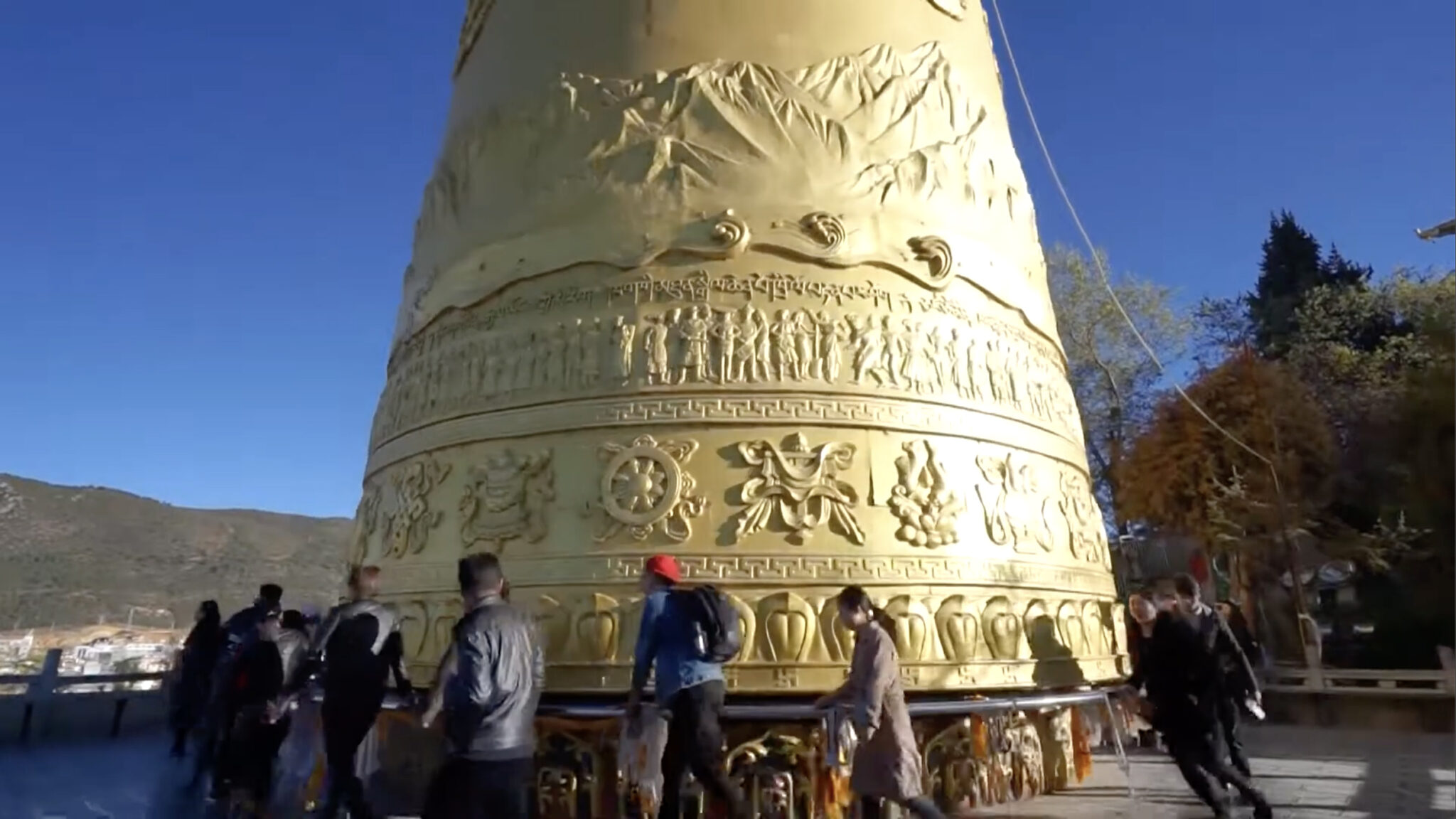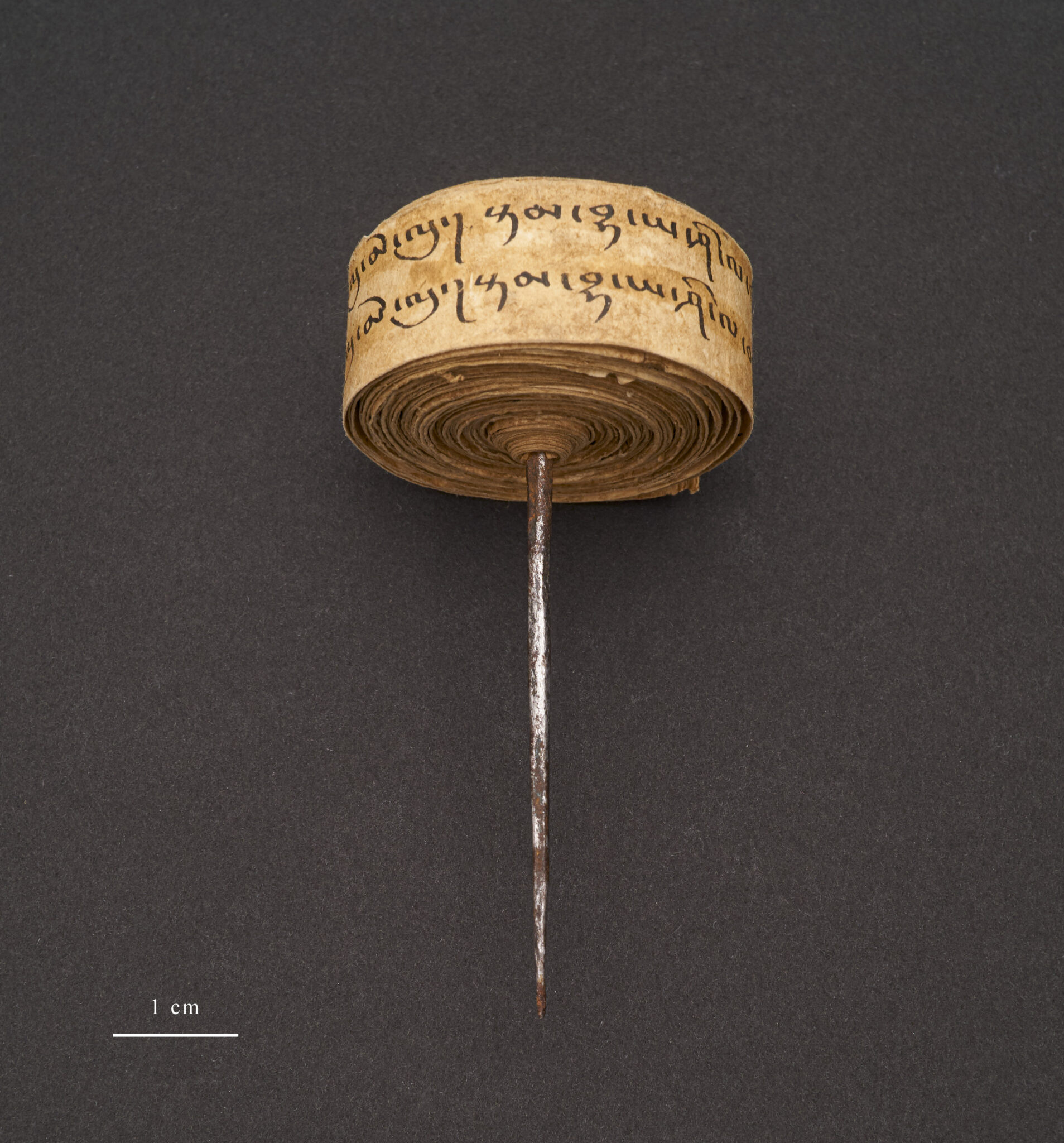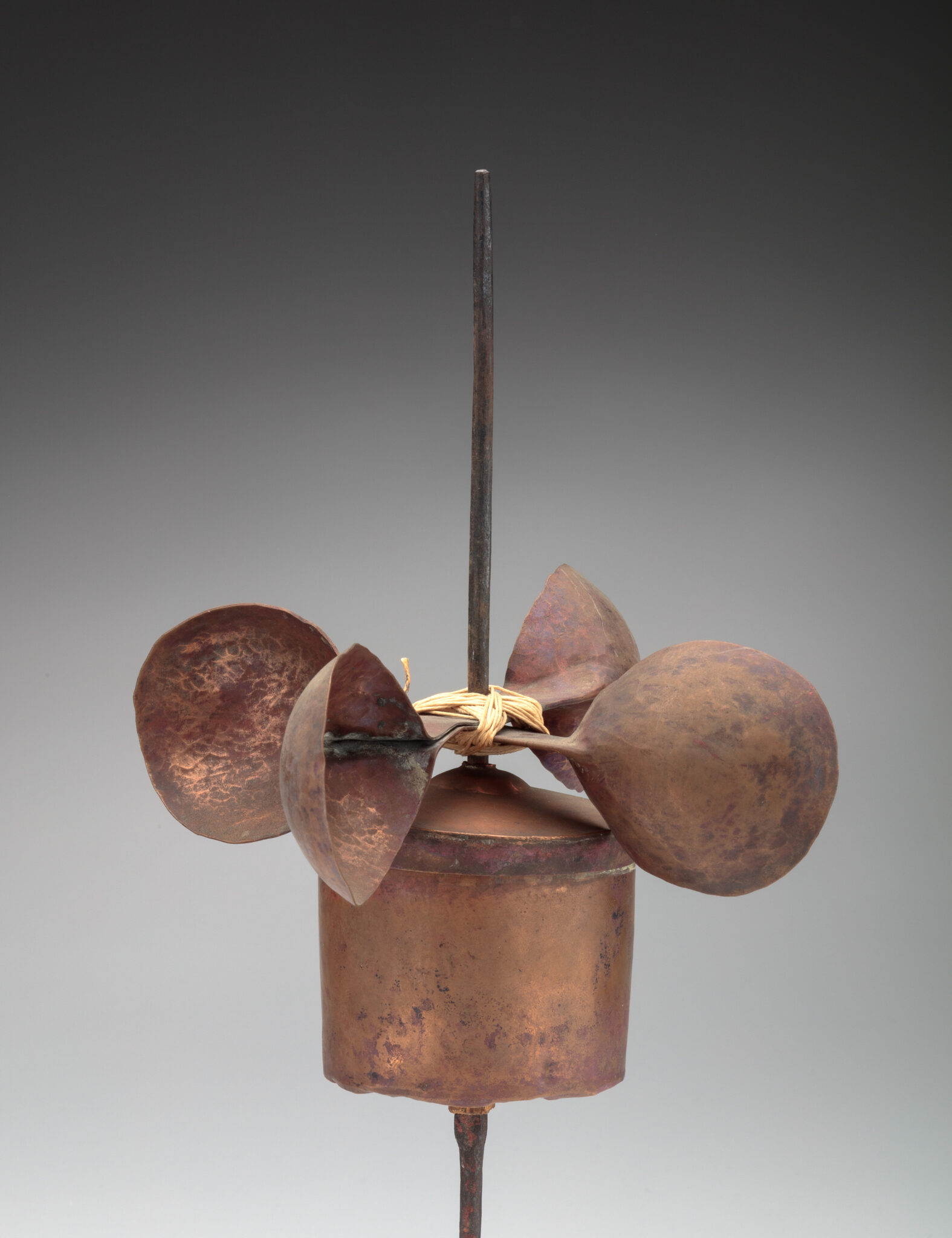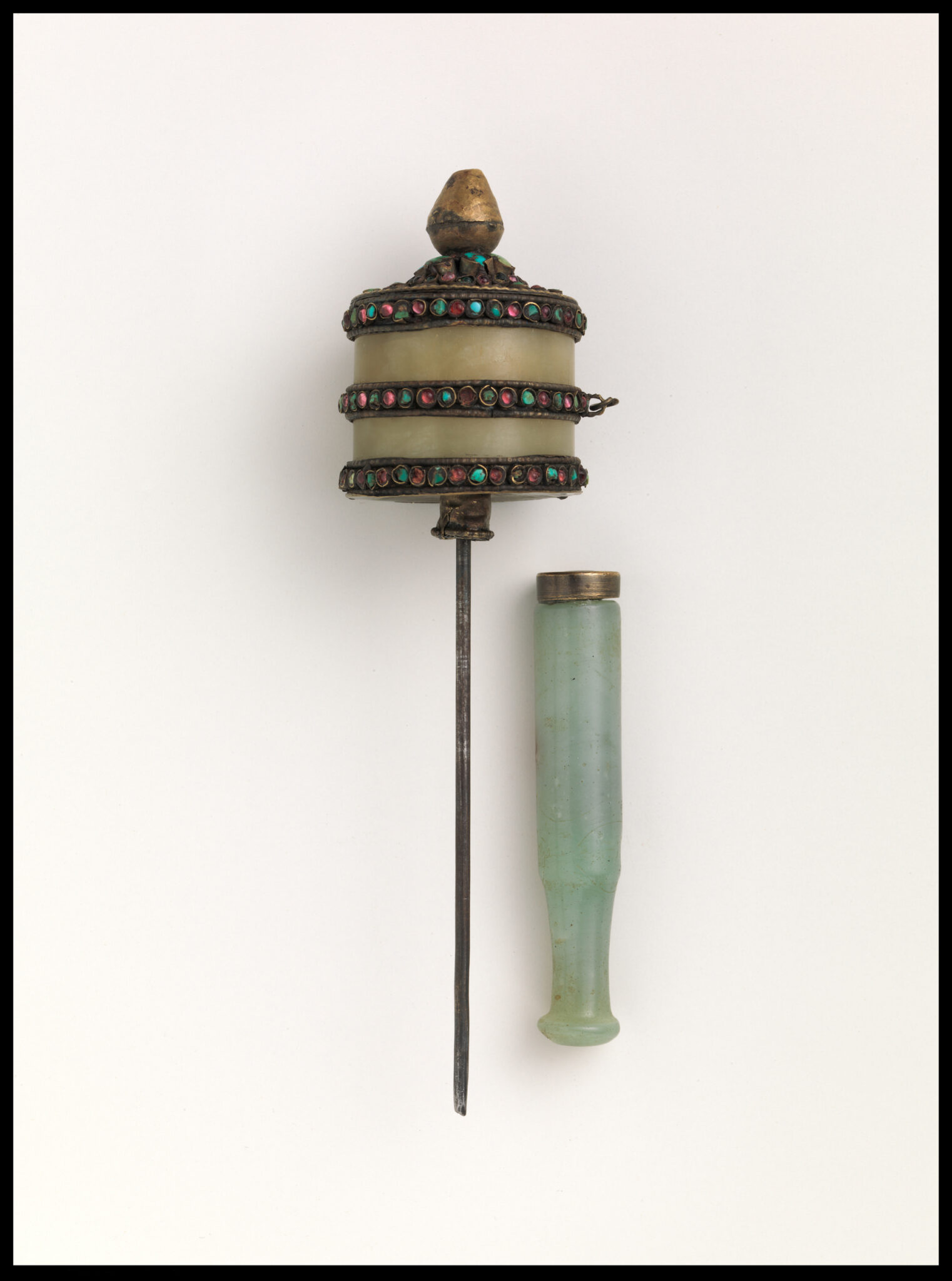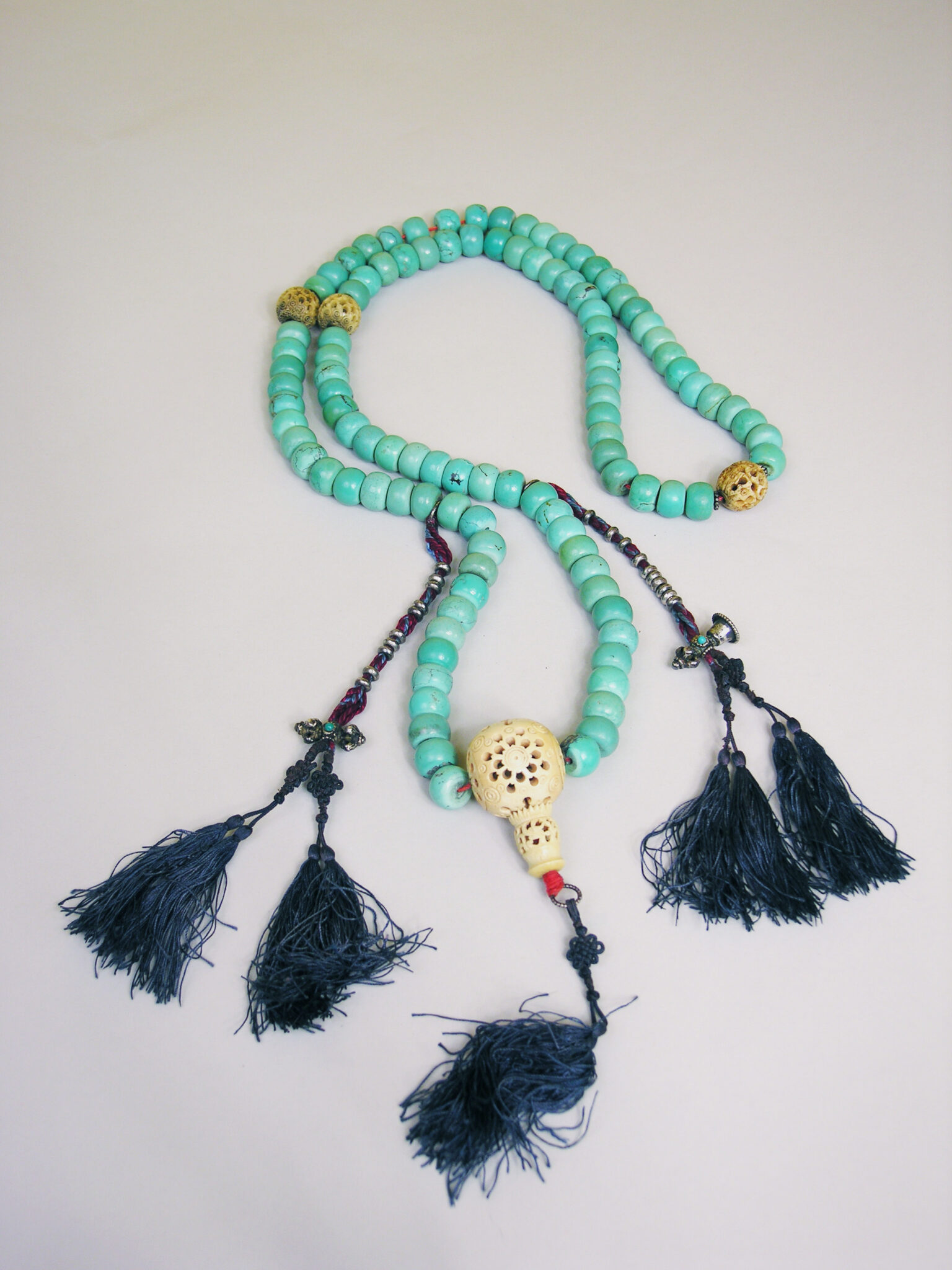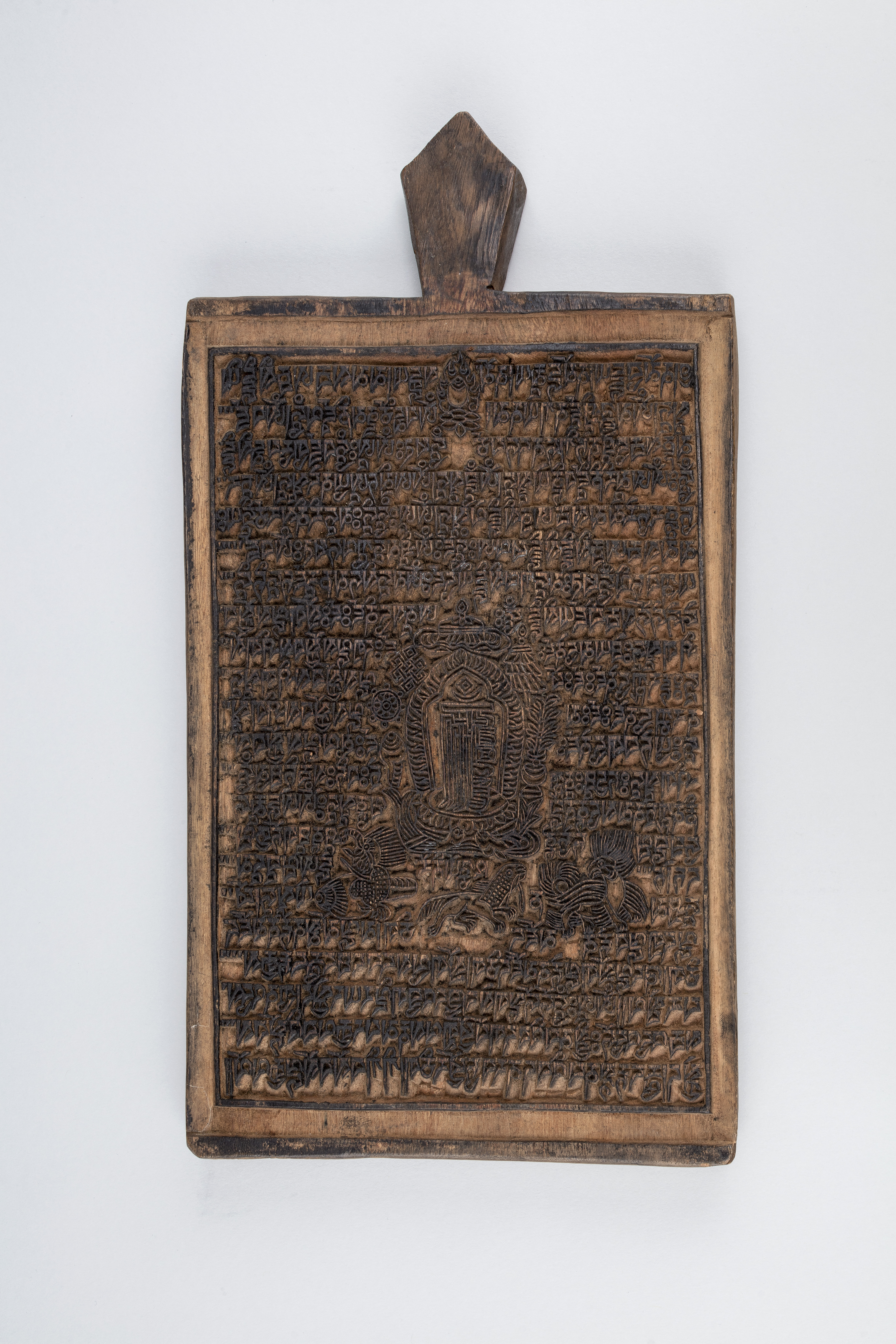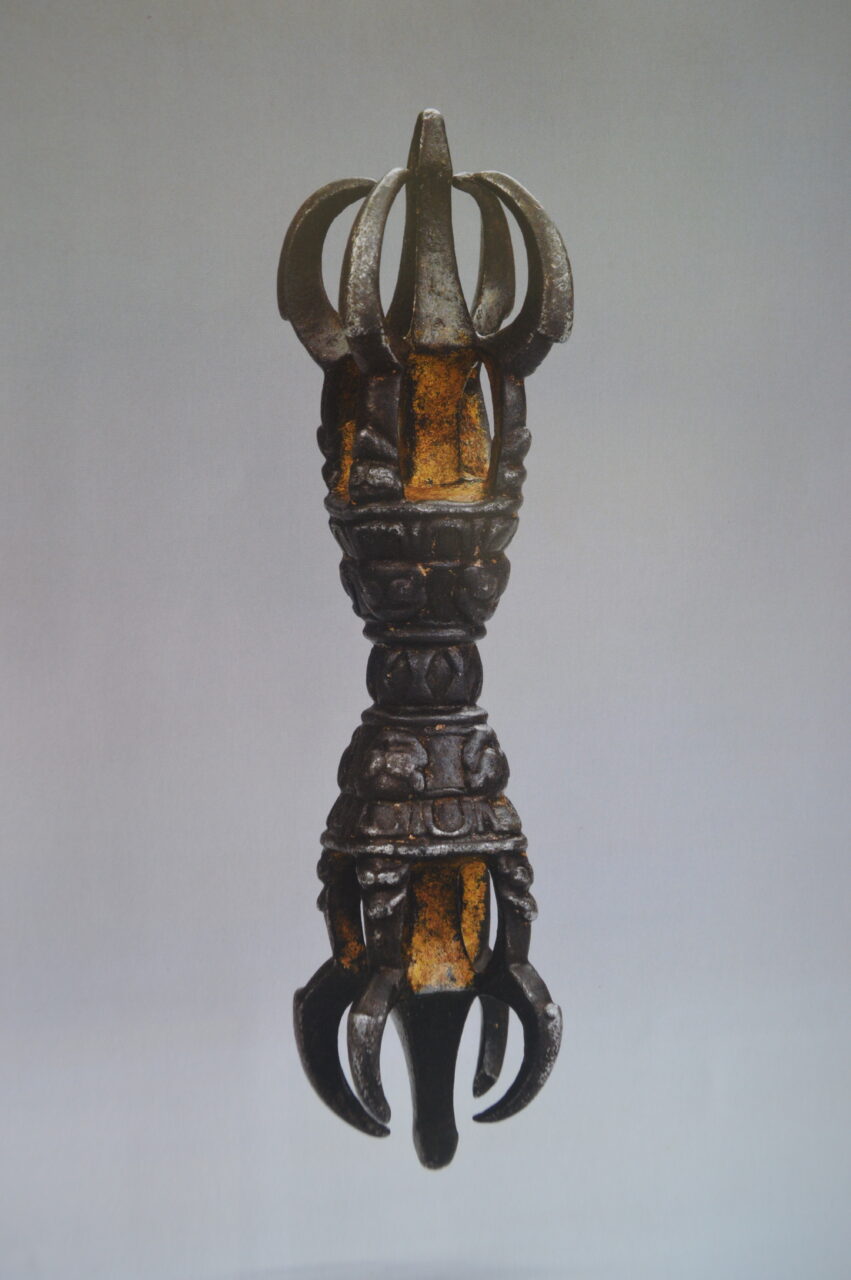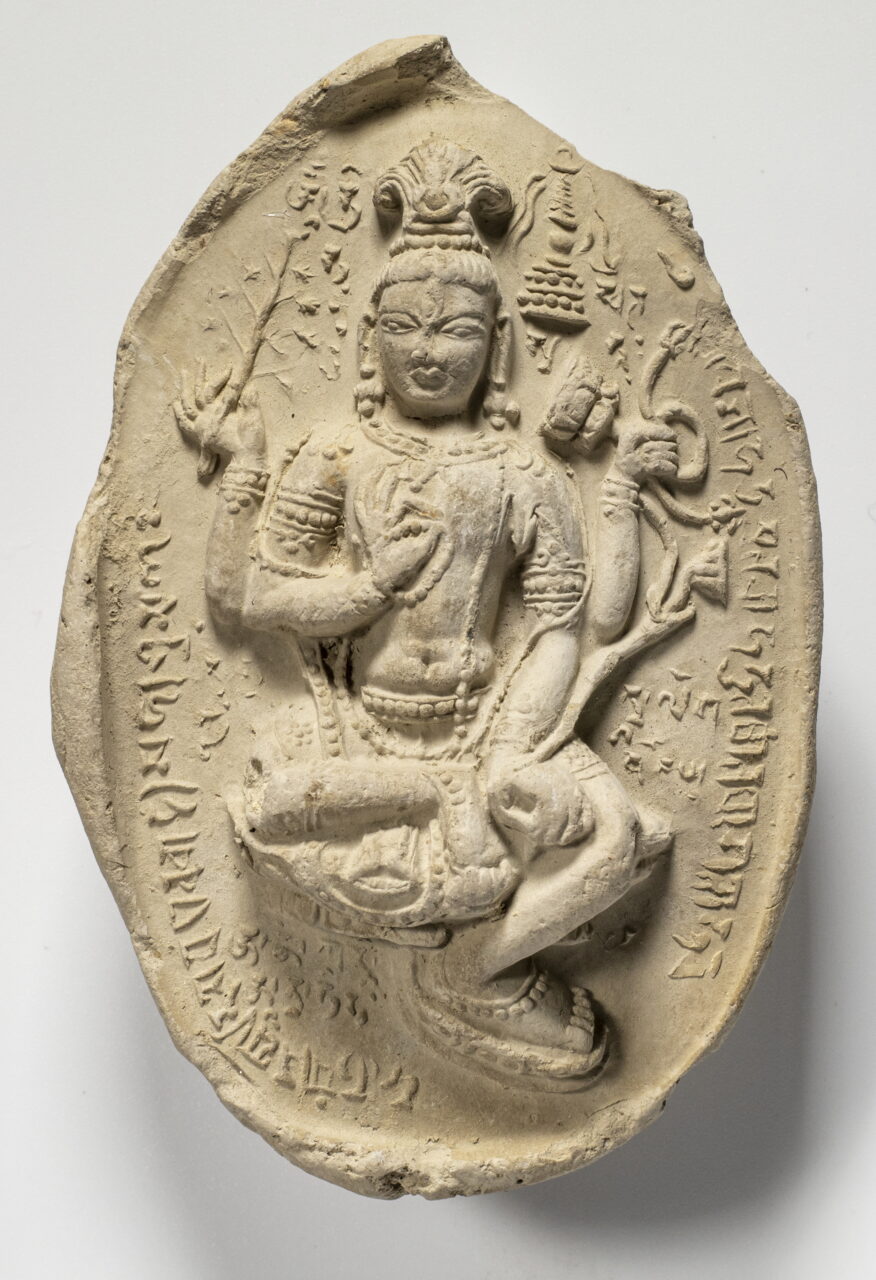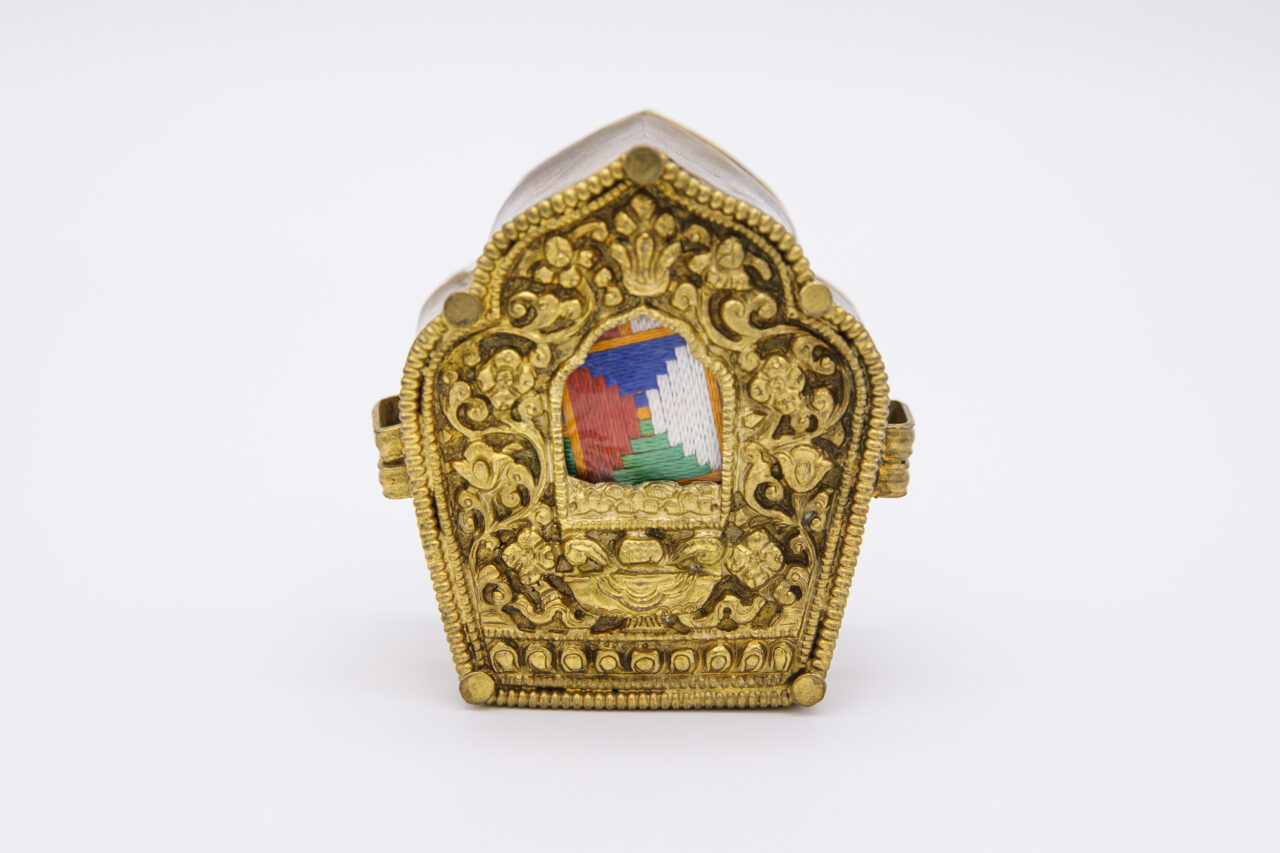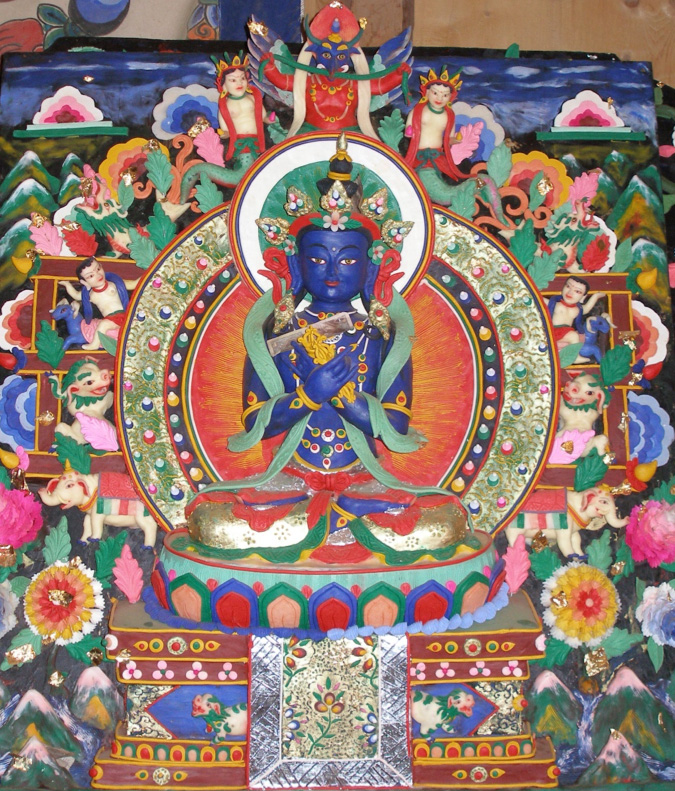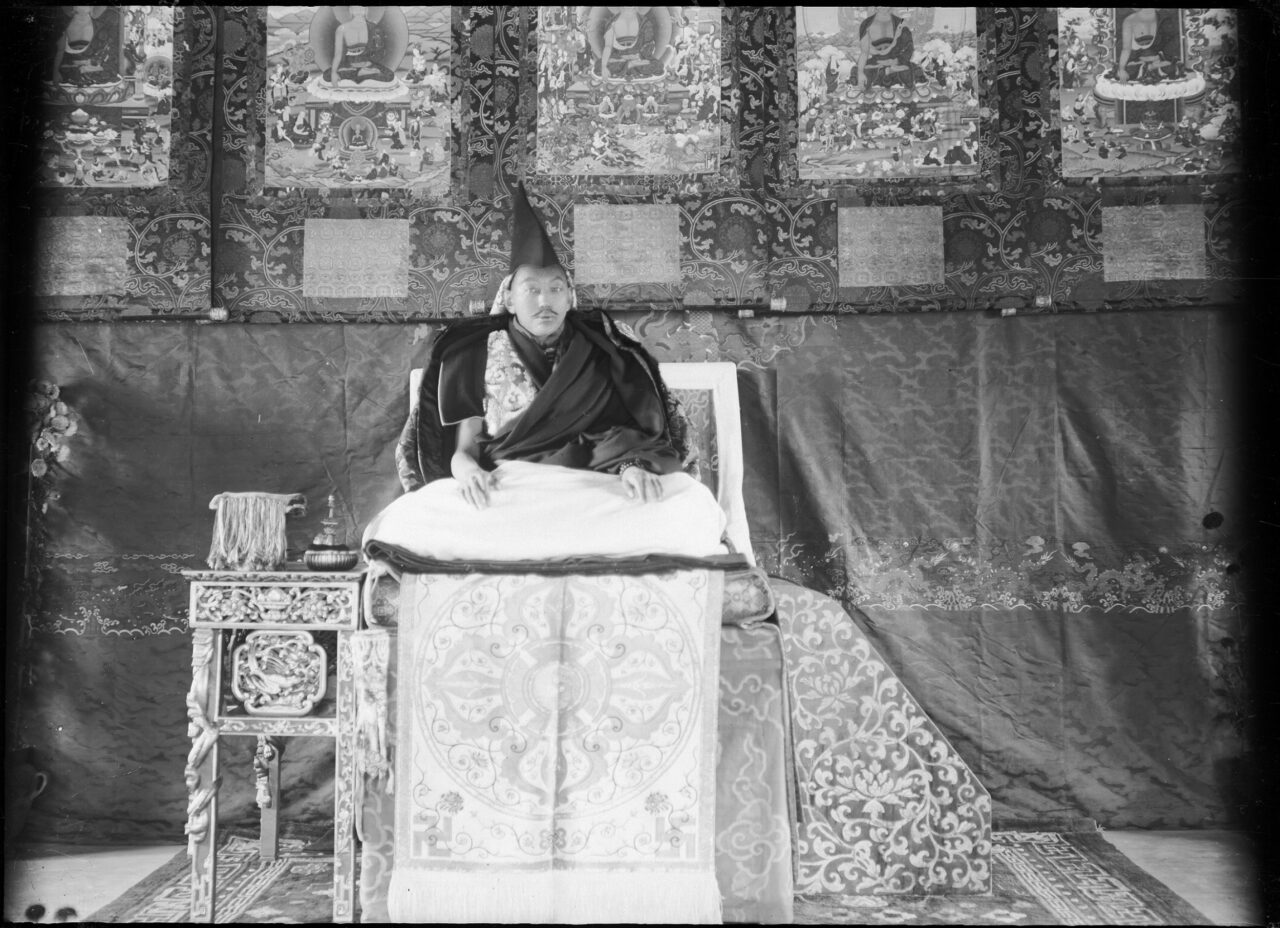Avalokiteshvara, an embodiment of compassion, is a powerful bodhisattva, worshiped all across the Buddhist world. Avalokiteshvara is part of the very origin myth of the Tibetan people, and seen as the protector deity of Tibet. Many Tibetans believe that the emperor Songtsen Gampo, the Karmapas, and Dalai Lamas are all emanations of Avalokiteshvara. A special Avalokiteshvara image, the Pakpa Lokeshvara, is enshrined at the Potala Palace in Lhasa. In India and Tibet, Avalokiteshvara is understood as male, while in East Asian Buddhism, Avalokiteshvara is often thought of as female, and is known by the Chinese name Guanyin. Avalokiteshvara is recognizable in the Tibetan tradition by the lotus he holds, the image of Buddha Amitabha in his crown, and antelope skin over his shoulder.
Circumambulation means walking around something. Himalayan Buddhists often circumambulate as a form of veneration and generate/accrue merit by walking in a clockwise direction around stupas, monasteries, or sacred mountains. Bonpos do the same thing, except counter-clockwise.
In most Asian religious traditions, when an image of a deity is made, it must be made sacred (“consecrated”) by inviting the deity to inhabit it. A variety of rituals can be involved in this, including dotting the image’s eyes, visualizing the descent of the deity into the image, writing mantras on the back of a thangka, or placing sacred texts and mantras inside of a statue.
In Hinduism and Buddhism, mantras are short syllables or phrases that are thought to have power. Mantras may be chanted by devotees as part of daily practice, or pronounced during rituals to invoke the deity’s power. In tantric Hinduism and Vajrayana Buddhism, practitioners perform meditative deity-yoga by first visualizing “root” or “seed” syllables, and then generating the yidam deities out of these mantras during the process known as visualization.
In Buddhism, merit is accumulated positive karma, or positive actions, that lead to positive results, such as better rebirths. Buddhists gain merit by reciting mantras, donating to monasteries and those in need, performing pilgrimages, commissioning artworks, reproducing and reciting Buddhist texts, and other deeds with good intentions. It is believed that merit can also be transferred to others through rituals performed to gain merit for deceased family members help them achieve a better rebirth. Merit making is an important motivation for positive ritual action, and is a prerequisite for success of religious and even secular activity.
Ranjana, sometimes known by its Tibetan pronunciation “lantsa,” is one of several scripts used in Nepal to write Nepalese and Sanskrit. Tibetans and Mongols often use Ranjana as a decorative script to write Sanskrit mantras and dharanis.




